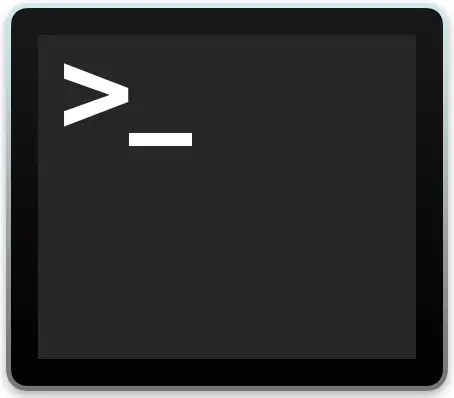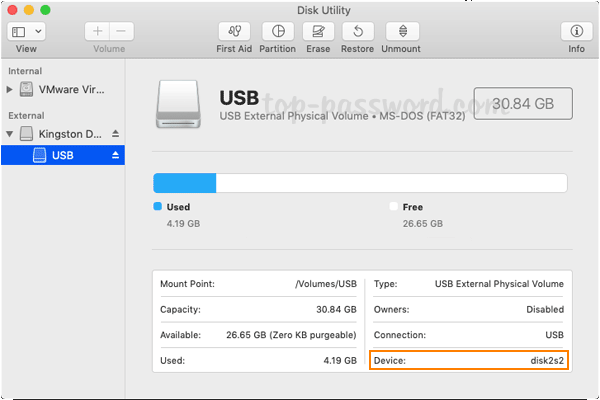

- Iso to usb mac how to#
- Iso to usb mac for mac#
- Iso to usb mac mac os#
- Iso to usb mac install#
Select the volume containing the bootable installer. Release the Option key when you see a dark screen showing your bootable volumes. Press and hold the Option (Alt) ⌥ key immediately after turning on or restarting your Mac. When the macOS installer opens, follow the onscreen instructions. Select the volume containing the bootable installer, then click Continue. Turn on your Mac and continue to hold the power button until you see the startup options window, which will show your bootable volumes. Plug the bootable installer into a Mac that is connected to the internet and compatible with the version of macOS you're installing. Iso to usb mac for mac#
You can now quit Terminal and eject the volume.ĭetermine whether you're using a Mac with Apple silicon, then follow the appropriate steps: Iso To Usb For Mac Apple silicon Bootable Iso On Usb Drive Mac Download
Iso to usb mac install#
When Terminal says that it's finished, the volume will have the same name as the installer you've downloaded, such as Install macOS Monterey. After the volume has been erased, you may see an alert stating that Terminal would like to access files on a removable volume. Terminal shows the progress as the volume is erased. When prompted, type Y to confirm that you want to erase the volume, then press Return. Terminal doesn't show any characters as you type your password. When prompted, type your administrator password and press Return again. * If your Mac is using macOS Sierra or earlier, include the -applicationpath argument and installer path, similar to the way this is done in the command for El Capitan. High Sierra:* Iso Bootable Usb Mac Disk UtilityĮl Capitan: Bootable Iso On Usb Drive Mac El Capitan If it has a different name, replace MyVolume in these commands with the name of your volume. 
These assume that the installer is in your Applications folder and MyVolume is the name of the USB flash drive or other volume you're using.
Type or paste one of the following commands in Terminal. Open Terminal, which is in the Utilities folder of your Applications folder. Connect the USB flash drive or other volume that you're using for the bootable installer. Use the 'createinstallmedia' command in Terminal You will create the bootable installer from this app, not from the disk image or. It will install an app named Install OS X El Capitan into your Applications folder. On a Mac that is compatible with El Capitan, open the disk image and run the installer within, named InstallMacOSX.pkg. This will be downloaded as a disk image named InstallMacOSX.dmg. Enterprise administrators, please download from Apple, not a locally hosted software-update server. To get the correct installer, download from a Mac that's using macOS Sierra 10.12.5 or later, or El Capitan 10.11.6. If the installer opens after downloading, quit it without continuing installation. 
These will be downloaded to your Applications folder as an app named Install macOS.
Download: macOS Monterey, macOS Big Sur, macOS Catalina, macOS Mojaveor macOS High Sierra. A downloaded installer for macOS Monterey, Big Sur, Catalina, Mojave, High Sierra or El Capitan. Iso to usb mac mac os#
A USB flash drive or other secondary volume formatted as Mac OS Extended, with at least 14GB of available storage.What you'll need to create a bootable installer From “Disk Utility,” click on your USB drive. Connect the USB drive with the.iso file to your Mac system.
Iso to usb mac how to#
Follow the steps below to know how you can use this program to know how to make a bootable USB Windows 10 on Mac. You don't need a bootable installer to upgrade macOS or reinstall macOS, but it can be useful when you want to install on multiple computers without downloading the installer each time.įor this, you need to keep a USB with the.iso file downloaded in it. These advanced steps are primarily for system administrators and others who are familiar with the command line. Bootable Iso On Usb Drive Mac El Capitan.






 0 kommentar(er)
0 kommentar(er)
